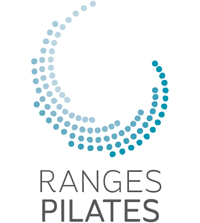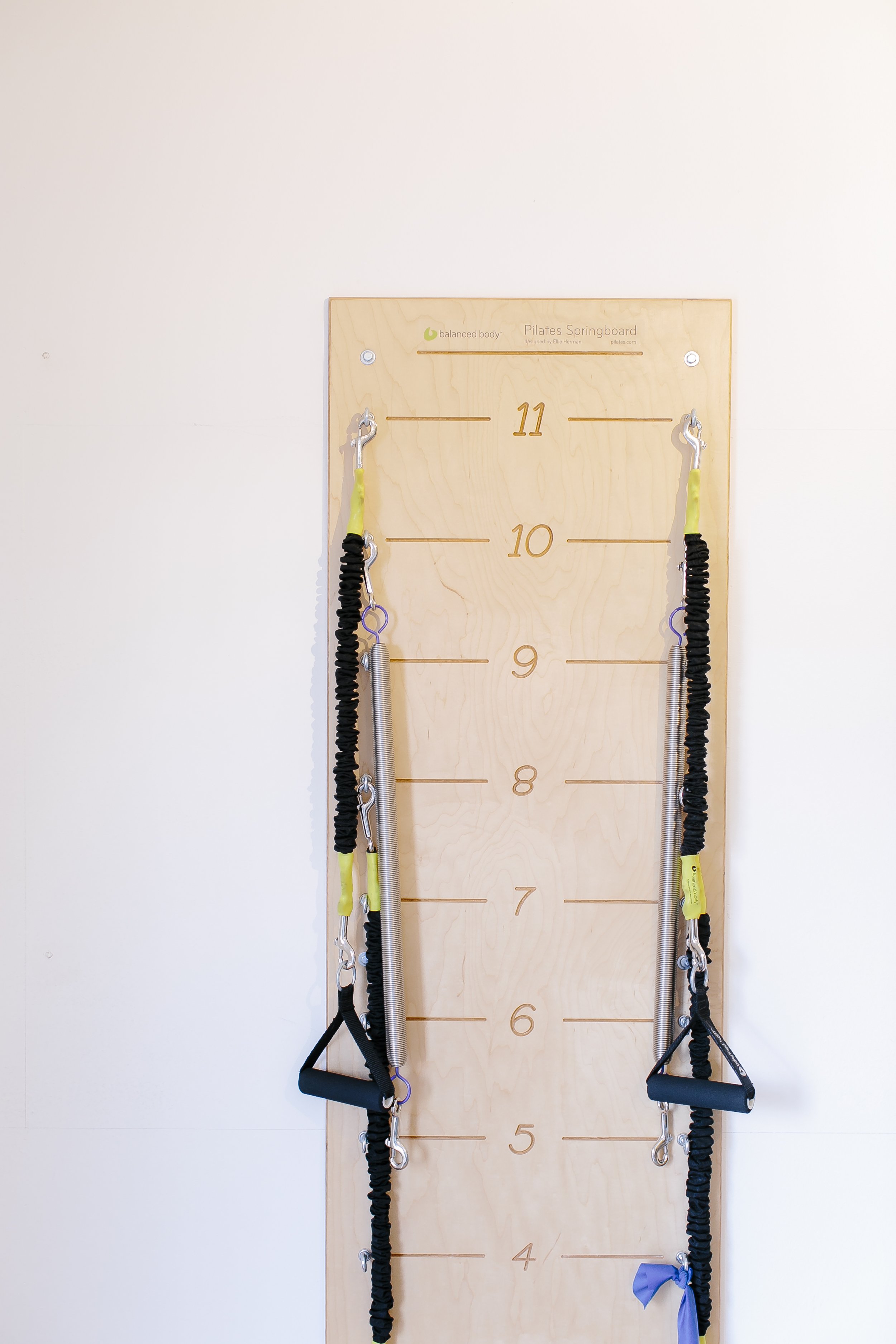
READ OUR BLOG
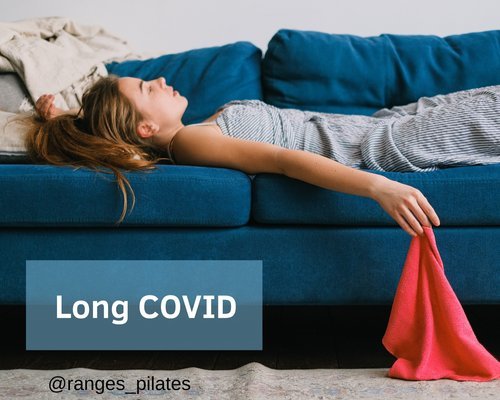
Health tip - helping long COVID
The topic of Long COVID is very personal to me. Over 13 years ago I had a really bad bout of Influenza and developed Post Viral Fatigue, which after 3 month got was recategorised as CFS / Chronic Fatigue Syndrome, also known as ME / Myalgic Encephalomyelitis. The symptoms of ME / CFS are almost identical to Long COVID.
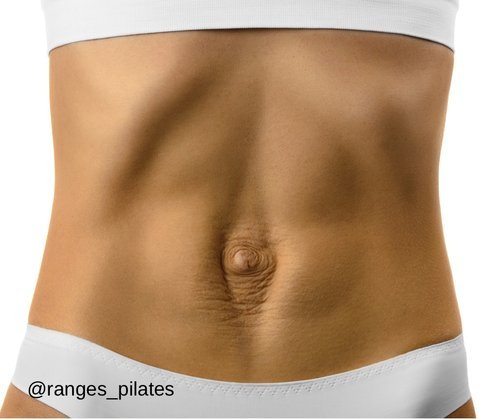
Pilates helps post partum DRAM safely and effectively
Post Pregnancy Abdominal Separation, also known as DRAM (Diastatis Rectus Abdominis Muscle) is quite common with pregnancy where some women find their stomach muscles weaken and separate, it often gets better in the first 8 weeks after having a baby but if it is slow to improve can be greatly helped by doing Pilates tailored specifically for you.

Could your glasses be causing neck pain?
Possibly, but there are easy ways to help this.
If you are wearing the wrong glasses your head and neck will adjust so you can see more clearly. The most common one is to tilt you head back so you are looking through the lower part of your lenses. This shortens the muscles at the back of the neck causing pain and tightness. If the head is out of alignment even by a couple of degrees, the extra weight on your neck increases significantly.

Looking after yourself in the time of coronavirus
In a crisis we do weird stuff: Sleep patterns are out of whack, muscles get tight, especially the neck and shoulders, eating food you wouldn’t usually eat, eating more or for some less, struggling to make decisions, wanting to stay in bed and getting emotional at the slightest thing. This is normal in times of stress.

Working with joint pain or injury?
Where you feel pain or have an injury is not necessarily where it originated.
Let’s use the knee as an example. often with knee pain we need to look at the joint above - the hip, and below the knee - the ankle and foot.


Pilates: because smaller muscles need love too
One of the hardest parts of Pilates is getting the smaller stabilising muscles working, particularly if you have an injury.
What makes it especially hard is that you can’t feel them working. If you are used to feeling the “burn” at a gym, you won’t with these stabilisers. It makes sense, if you did feeling them working, and it would be very distracting and painful as these muscles are always activated to some degree, just holding your body together in alignment.

Invest in yourself
Joseph Pilates quoted “If your spine is inflexibly stiff at 30, you are old. If it is completely flexible at 60, you are young”
Our bodies are amazing and they put up with a lot. We abuse them with poor food choices, with sedentary lifestyles and yet we are surprised when we get an injury. Often these injuries don’t just happen out of the blue. That tight and painful back or (insert what aches……!) would have built up over years, or even decades. We are not even aware our posture has deteriorated. Our amazing body compensates for a while, using not quite the correct muscles, but there comes a time when we get a bit of tightness, this becomes a bit of a niggle and then this can progress to pain.

Why see a Podiatrist?
Here is a great article about feet, written by one of the experienced Podiatrists at MSE Podiatry, Nicole Sutcliffe. They have rooms at Emerald and Monbulk. Feet are incredibly important, not just for themselves, but when not working correctly they can potentially cause problems with knees, hips and your back. Pilates is great for your feet, we pay particular attention in making them strong and flexible. But sometimes they need additional help.

Pilates can save your body from gardening
Spring has been delayed this year, but it sure is making up for it now. With all the rain and now warm weather every weed seems to be on steroids. As we clean-up for the coming summer, it’s really important to also look after your body when you garden. One of great things I like about Pilates is that you can use the techniques in everyday life, and it is also incredibly useful when doing more physical tasks such as gardening. Here are my 5 tips…

Cancer treatment and Pilates
It is great more people are surviving cancer, but with the treatment there are short term side effects during the treatment from the chemo therapy such as hair loss, nausea, fatigue and muscle pain. Some of the side effect can also be long term

Pilates is for EVERYONE
One of the things I really like about the Pilates method of exercising is that is for everyone. It does not matter your age, your current fitness level, your gender or your size.
Pilates can be very gentle with re-hab remedial exercises, all the way to extremely challenging exercises for the super strong and super flexible and everything in between.

Pilates for The Equestrian
To get the most from your riding, whether it is dressage, eventing, western or pleasure, you need to have a properly aligned spine, pelvis and shoulders. If there is incorrect posture or imbalance when riding, your horse will be getting mixed signals; your body will fatigue quickly and you may even have pain as you try to force your body into position.
Many people think that Pilates is about mainly strengthening you core, which is made up of your deep abdominal muscles, deep spinal stabilisers, pelvic floor and diaphragm. A stronger core, you may have heard, will help your riding, but Pilates is much more than this.
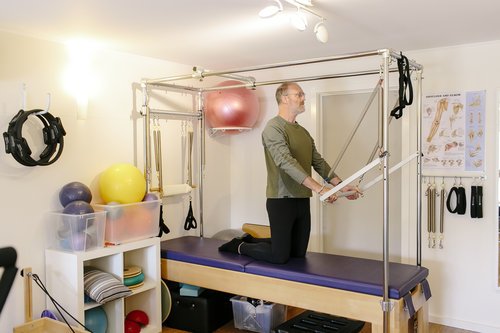
Benefits of Pilates for men
There is a huge misconception that Pilates is just for women. That it is gentle and just involves stretching. Nothing could be further from the truth, after all Joseph Pilates was a man. While remedial Pilates is great if you have an injury, Pilates can be tailored to your ability where it can be very gentle and progress to be incredibly challenging. Here are just a few reasons why men should do Pilates.

Why are glutes, aka your butt, so important for your back and knees?
The glutes or buttocks are made up of 3 major muscles, Gluteus Maximus, Gluteus Medius and Gluteus Minimus, plus a group of 6 smaller but no less important deeper glute muscles. Problem is, these muscles can become weakened from sitting, and poor movement patterns.

Pilates for skiers and snowboarders
Pilates can assist in getting the most out of your next skiing or snowboarding trip and help prevent injuries. The stronger and fitter you are the less likely you are to be injured. Knees are the most commonly injured joint skiing, but while snowboarding is kinder to the knees - wrist, shoulder and head injuries are more common. Other injuries you can get on the snow are with hands, elbow, shoulders, and ankles including fractures.
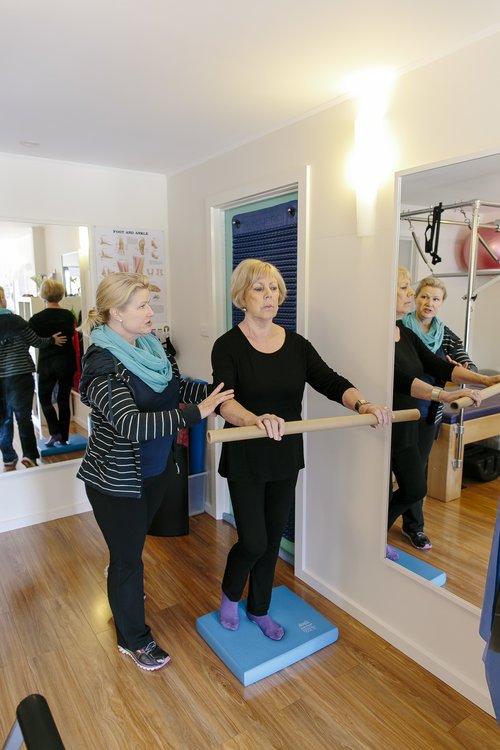
Osteoporosis
Pilates is a very effective way to help prevent and treat Osteoporosis. This condition currently affects over 1 million Australians, mainly women, but men can have Osteoporosis as well. Often know as a silent disease because it doesn't have any symptoms until a fracture, and these fractures can be incredibly painful and debilitating.

Head and neck posture and pain
It seems that pretty much most of us either sit or stand and use a computer, laptop, tablet or smart phone for a large proportion of the day.
The posture of how we sit and stand has a huge role in neck, upper back and shoulder pain. Your head weighs between 4.5kg and 5kg which is actually quite a lot to carry about on top of your neck. But did you know that when your head is just 15 degrees forward, the muscles in your neck and upper back have to work as if your head weighed 12kg, this work loaded increases for every degree forward. For 30 degrees forward your head becomes 18 kg, and for 60 degrees forward which is not unusual for some people using a smart phone, your neck and upper back muscles have to work as if your head weighs an enormous 27 kg.
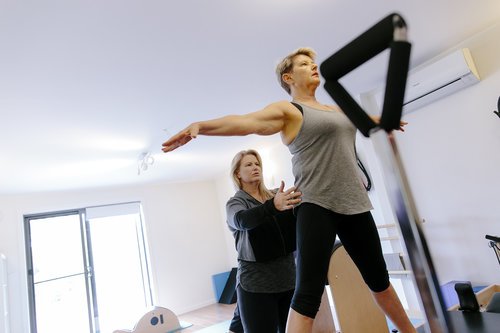
Pilates and the pelvic floor
Did you know that the pelvic floor is one of the most important parts of the muscles that make up your ‘core’. The other muscles are the Transversus Abdominus (deepest abdominal layer), the Multifidus (deep spinal stabiliser) and the main breathing muscle, the diaphragm. At Ranges Pilates we have a strong focus on the Pelvic Floor.
